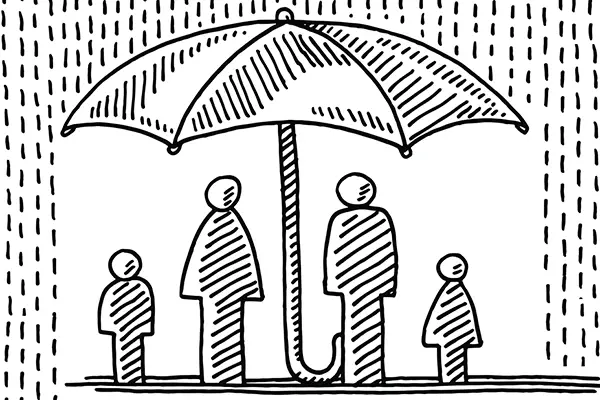Is New Zealand Relatively Poor? Examining the Factors Behind the Country’s Wealth. New Zealand is often touted as one of the most beautiful and livable countries in the world, with a high standard of living and a strong economy. However, there is a growing perception that the country is relatively poor, particularly in comparison to other developed nations like the United States, Canada, and Australia. So, is New Zealand relatively poor? And if so, what factors are driving this trend?
First, it’s important to define what we mean by “relatively poor.” In general, this term refers to a country’s economic standing relative to other nations. In this context, New Zealand is often considered to be relatively poor because it has a lower GDP per capita than many other developed countries. For example, in 2020, New Zealand’s GDP per capita was around $45,000 USD, compared to around $65,000 USD for the United States and $51,000 USD for Australia.
So, why does New Zealand have a lower GDP per capita than these other countries? There are several factors that contribute to this trend. One of the most significant is the country’s small population. New Zealand has just over 5 million people, compared to over 330 million in the United States and nearly 25 million in Australia. This means that New Zealand’s economy simply doesn’t have the same scale and scope as these larger countries.
Another factor is the structure of New Zealand’s economy. The country is heavily reliant on agriculture and tourism, which are both relatively low-income industries. While New Zealand has a strong dairy industry, for example, it doesn’t have many of the high-value industries like finance, technology, or pharmaceuticals that are present in other developed countries. This means that the average income in New Zealand is lower than in many other countries.
Additionally, New Zealand has a relatively high cost of living. This is partially due to the country’s geographic isolation, which makes it more expensive to import goods and services. Housing, in particular, is a major expense for many New Zealanders. The country has experienced a housing crisis in recent years, with prices skyrocketing and many people struggling to find affordable accommodation.
Finally, it’s worth noting that New Zealand’s government has historically prioritized social welfare and environmental protection over economic growth. While this has led to a high quality of life for many New Zealanders, it has also meant that the country’s economy has not grown as quickly as it might have otherwise.
So, is New Zealand relatively poor? In some ways, yes – the country has a lower GDP per capita than many other developed countries, and many New Zealanders struggle with a high cost of living. However, it’s important to keep in mind that New Zealand is still a wealthy and prosperous country, with a strong economy and a high standard of living for many people. Ultimately, whether or not someone considers New Zealand to be “relatively poor” will depend on their perspective and priorities.
While New Zealand may have a lower GDP per capita compared to other developed countries, it is still considered a prosperous country. New Zealand ranks highly in international surveys on quality of life, healthcare, education, and political freedom. It has a highly educated population, with a strong emphasis on education in the country’s culture and political policies. New Zealand also has a well-developed healthcare system that is largely publicly funded, providing universal access to healthcare for all citizens and residents.
New Zealand’s government has also made efforts to address some of the factors contributing to the country’s lower GDP per capita. For example, the government has invested in developing high-tech industries such as information technology, biotechnology, and aerospace. It has also implemented policies to improve housing affordability and reduce homelessness. Additionally, the government has recently introduced initiatives to address climate change, such as the Zero Carbon Act, which aims to reduce the country’s greenhouse gas emissions to net zero by 2050.
Overall, while New Zealand may have a lower GDP per capita compared to other developed countries, it is still a prosperous and livable country. Its high quality of life, strong education and healthcare systems, and commitment to environmental protection and social welfare make it an attractive place to live and work. While there may be room for improvement in certain areas, New Zealand is a shining example of a country that values the well-being of its citizens and strives to provide them with a high standard of living.

